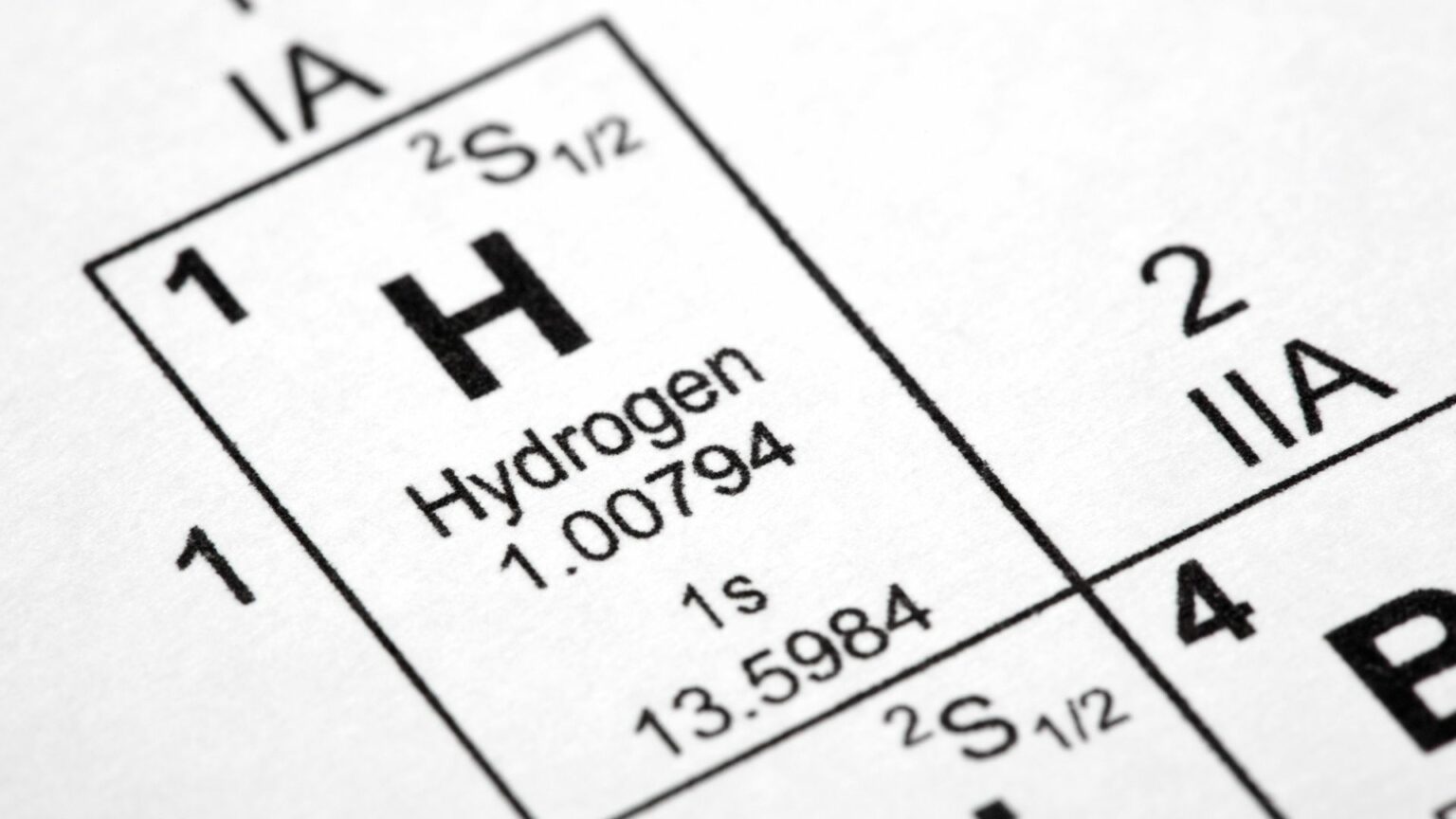Forvia is making strides in the quest to make hydrogen a viable fuel source for the future of clean mobility. At the Advanced Clean Transportation Expo in Las Vegas, Forvia showcased several promising innovations aimed at overcoming current hydrogen storage challenges.
One of the key innovations presented by Forvia involves the development of conformable pressure vessels. Traditional hydrogen storage cylinders are cylindrical, which can lead to inefficient use of space. By designing pressurized vessels that deviate from the typical spherical shape, Forvia aims to increase storage capacity by 30 to 40%. This, however, presents significant engineering challenges.
In addition to conformable vessels, Forvia is exploring solid-state storage technologies. This involves storing hydrogen in metal hydrides and sorbents, which could make hydrogen storage more scalable and accessible. Solid-state storage holds the promise of higher density and safer storage conditions, crucial for widespread adoption.
Forvia’s commitment to safety and sustainability is evident in its product offerings. The company uses carbon fiber with the lowest CO2 content available and aims to achieve carbon neutrality by 2045. “Use better, use less” is the mantra driving Forvia’s innovations, according to Nick Miller, vice president of Faurecia Hydrogen Solutions North America.
Forvia has secured deals with two manufacturers in the U.S. to supply hydrogen storage systems for commercial trucks. The company is also in discussions with Canadian retrofit companies to expand its hydrogen storage solutions across North America. This strategic move highlights Forvia’s commitment to making hydrogen a mainstream fuel for heavy-duty vehicles.
The cost of hydrogen remains a hurdle, but Forvia is optimistic about future reductions in cost, driven by advancements in proton exchange membrane (PEM) electrolyzers. PEM technology, which efficiently converts electricity and water into hydrogen, is seen as a game-changer, especially with the fluctuating supply of renewable energy sources like solar and wind.
Another notable advancement is the ability to blend up to 10% hydrogen into natural gas pipelines. This method can deliver hydrogen across vast networks without disrupting existing infrastructure, providing a seamless transition to cleaner energy.
